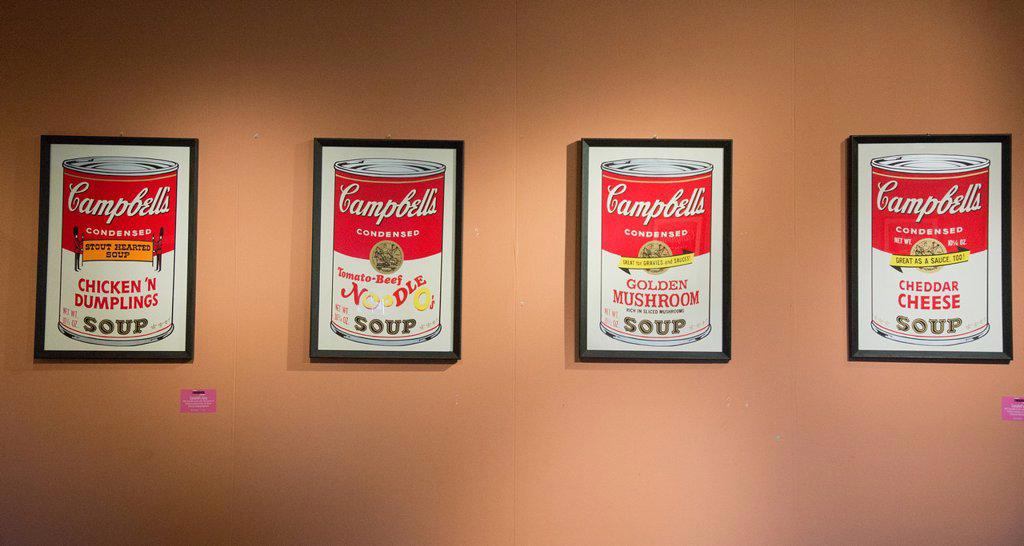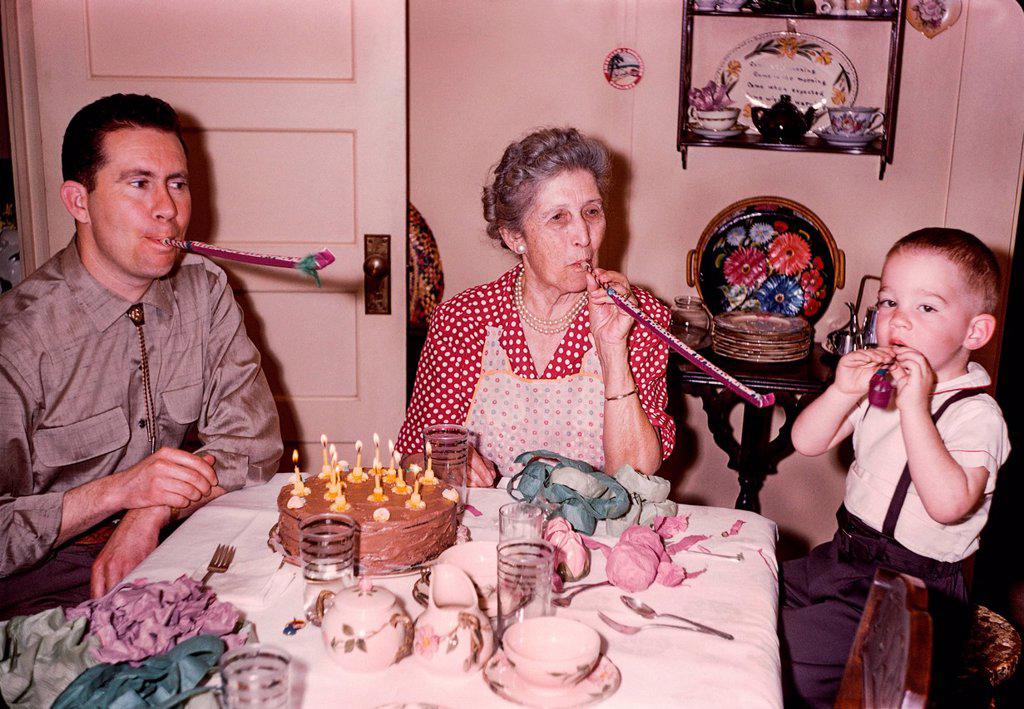Multigenerational Households Are on the Rise. How Will This Change Products and Marketing?
- Is the primary driver of multigenerational households economic or emotional?
- What are ADUs and why should families care?
- Is grandma the best babysitter in the world, or what?
Chalk up another unintended consequence of the COVID pandemic. Multigenerational households — three or more generations living under one roof — are on the rise in the US. This phenomenon is even more pronounced in Europe, where intergenerational living has been the norm for many countries, particularly in Southern Europe (e.g. Spain and Italy).
While this trend has caught demographers such as the “US Census Bureau” by surprise, the brand marketers and ad agencies who must adapt to this new paradigm to craft selling messages, campaigns and even media planning are spinning at 1000 RPMs!
What This Means for You — When multiple generations – grandma, mom and dad, school- aged children, grown children perhaps with their own kids, ad infinitum – live in one household, there are more “gatekeepers” for the family’s budget. This new dynamic has ancient roots, but it is still tricky for brands and their agencies to navigate. If you are grappling with this new reality, read on.
*****
Across generations and under one roof. Click here to explore images reflecting the growing trend of multigenerational households living and thriving together.
Check out our Multigenerational Families gallery
*****
Why Is this Happening?
In almost every case, when fundamental lifestyle changes occur at this scale it’s about one thing: M-0-N-E-Y. However, with this megatrend, there appears to be more at work than just finances.
According to a Pew Research study in 2021, “Multigenerational living has grown sharply in the U.S. over the past five decades and shows no sign of peaking. When asked why they share their home with relatives, Americans often give practical reasons related to finances or family caregiving. But the experience also has an emotional component. About a quarter of adults in multigenerational homes say it is stressful all or most of the time, and more than twice that share say it is mostly or always rewarding.”
Well, that clears it up. It’s stressful and yet it’s rewarding. Hmmm. Cognitive dissonance, anyone?
This Pew report added, “This increase in multigenerational living has been fed by social forces that include rapid growth of the U.S. Asian and Hispanic populations who, along with Black Americans, each are more likely than White Americans to live with extended family, especially if they are immigrants.
“By age, the highest share in this living arrangement is among young adults, a group that generally stays in school longer, postpones or forgoes marriage and delays forming their own households. Among young adults ages 25 to 29, nearly a third (31%) live in multigenerational households, often in their parents’ home. Nearly four-in-ten young men in this age group (37%) are in multigenerational households, as are 26% of similarly aged young women.”
It Takes a Village
No one doubts the fact that the pandemic jump started the popularity and, in many cases, necessity of multigenerational households. However, over the long-term, dating back centuries, there are many other causes and effects. They are both economic and emotional.
A recent National Institutes of Health survey found that “healthy members of multigenerational families have lower premature mortality rates and were likely to live longer.” This is likely due to the wisdom of the African proverb; “it takes a village to raise a child.” In a multigenerational household, there are more babysitters for young children, and their long-suffering young parents, and there are more adults to provide emotional support for each other.
For brand marketers, multigenerational households are a “good news/bad news” scenario. As Scott McKenzie, Global Head of Nielsen IQ Intelligence Unit, recently noted about members of these households, “You can please some of the people some of the time, but there will be pressure to please more, or most, of the people all of the time.”
Therein lies the challenge for marketers. It’s a conundrum, wrapped in an enigma.
How Some Industries Are Responding
While a compelling argument can be made that this new living arrangement affects every industry and every product category. However, some products and services are feeling the pressure to adapt more than others. How can these brands successfully break through the clutter and chaos of age differences, economic status, lifestyle choices, political opinions, and media preferences of multiple generations living as one family?
Several industries have begun to (or soon will) adjust their products, marketing strategies and advertising tactics for this new battleground for mind share – the multigenerational household.
- Residential Real Estate
What type of home layout accommodates older family members, who are not accustomed to rock music blasting from a teenager’s room down the hall? What about the young adult, now living back home, who wants to have an overnight guest without a family inquisition? How about adapting a bedroom concept with a separate entrance and exit? For the most creative strategies for multiple generations living under one roof, there’s no place like (the) home.
Successful home builders such as D.R. Horton, have developed special new home packages for multigenerational households branded as MultiGen Homes. These floor plans offer a separate living space, bedroom, kitchenette, and exterior entrance.
Even cities are adapting to this trend. In Chicago, a 70-year-old ordinance prohibiting “additional dwelling units” (ADUs) on residential properties was changed, and a soon-to-be grandmother, her son and daughter-in-law found a way to keep the expanding family together. Click here to read about their cool solution.
- Interior Design, Furnishings/Appliances
Every age group has unique preferences for interior design (e.g. bathrooms might require more safety elements for older family members), furnishings and appliances. Marketing the features and benefits of these elements requires attention to appropriate images of the target market.
Stock photography and videos from companies like SuperStock can economically provide images that are authentic, generationally sensitive, and visually compelling for advertising and social media placement.
- Consumer Packaged Goods (CPGs)
From soda to soup, the CPGs in the kitchen pantry of multigenerational households must be representative of each family member’s tastes. To state the obvious, this is challenging. However, creating persuasive marketing and advertising messaging is somewhat easier when the right resources are deployed. Using images that are inclusive of the multiple generations being targeted on packaging, point-of-sale, and advertising messages, is critical to show sensitivity to different ages.
- Automotive
Finding a vehicle that accommodates mom, dad, grandma and the teenagers in the family is a feat that would cause even Solomon to think twice about his sanity. Since automotive decisions are influenced by every member of the multi-gen family, building an ad campaign that motivates each age group involves a delicate balance of insights about style, safety, economy, and adaptability. The critical aspect of this creative approach is including images of each age group in the final message.
- Entertainment/Media
No where is the generational divide more pronounced than in entertainment and media. There are entertainers who have been able to exceed age limitations. Broadcast and streaming media companies, motion picture production houses, even live venues can get valuable lessons from these entertainment unicorns. Click here to see how Taylor Swift and Beyonce have cracked the code for multigenerational acceptance.
- Travel/Leisure
As healthcare and lifestyle improvements have increased the age and energy of older family members, many of whom fall into the baby boomer generation, more and more are enjoying the benefits of travel and tourism. Brands that serve this industry have realized the profitability of building travel experiences for younger generational cohorts such as millennials, Gen Z and (soon) Gen Alpha along with the older boomers. For tips on how travel brands can build marketing bridges with each of these groups, just click here.
New Gatekeepers for Buying Decisions
Households composed of 3 or more generations are shuffling the marketing deck. This will have profound effects on how those newly expanded households spend, consider product and brand choices, and how they respond to brand messages.
As Scott McKenzie of Nielsen points out, “For retailers and brands attempting to reach these new and pervasive multi-generational households, a change in tactics will be in order.
“So why is this such a big deal? Put simply, it adds social disorder to the economic disorder already unfolding. It looks like this:
- Ongoing education levels decline, which means that when the good times return, those who haven’t been able to afford further education may be forced into lower paying jobs.
- Retirement ages are pushed later.
- Marriages and children are delayed.
- Major purchases such as homes and cars are delayed.
“As any or all these pieces play out, brands will be forced to rethink their offerings and how they reach this new type of household. There will be previously unknown gatekeepers and decision makers across each of the generations in these larger households. Product and brand choices will come about as they individually advocate for ‘their’ share of the household spending. The favorite breakfast cereal of a millennial may be very different to the breakfast choice of a baby boomer.”
Creating order out of disorder will be the challenge for brand marketers and their agencies in appealing to the various gatekeepers in these homes because they are not going away. Welcome to the new normal. It’s all in the family.
*****
*****
Subscribe To Our SuperStock Newsletter and Blog
Finding just the right image for communicating a compelling marketing message has always been tough. However, with this new, extended family, that difficulty has exponentially increased. Put our image research to work for your campaign. It’s free and economical enough to feed the imaginations of the entire family.
























